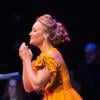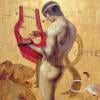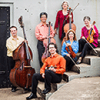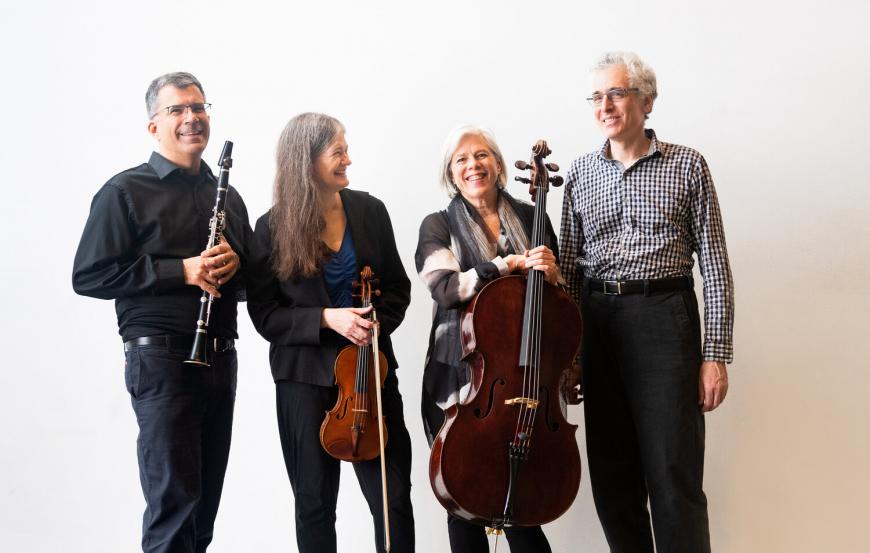
Like any great work of art, Olivier Messiaen’s Quartet for the End of Time occupies multiple realms. One is the eternal, the ethereal and transcendent, a place touched by divinity. The other is immediate, present, churningly mortal, as if the piece were unfolding in the white heat of the moment, addressing its listeners wherever and whenever they may be — a quartet, as it were, for this time and all times simultaneously.
The story of its creation is itself a paradoxical marvel. Completed while the French composer was interned at a German prisoner-of-war camp in 1940, the Quartet was conceived and scored for instruments played by fellow prisoners — violin, cello, and clarinet. Messiaen himself was at the piano when the piece premiered at the Stalag VII-A camp in January of 1941.
The titles of its eight sections are enchanting in their own right, a poetry of aspiration in the face of death and desolation. In translation from the French, the piece opens with a “Crystal liturgy,” moves through a “Vocalise, for the Angel who announces the end of time” and an “Abyss of the birds” and on to a closing “Praise to the immortality of Jesus.” The spirituality is multi-valenced — a treasuring of nature joined to an abiding Christian faith.
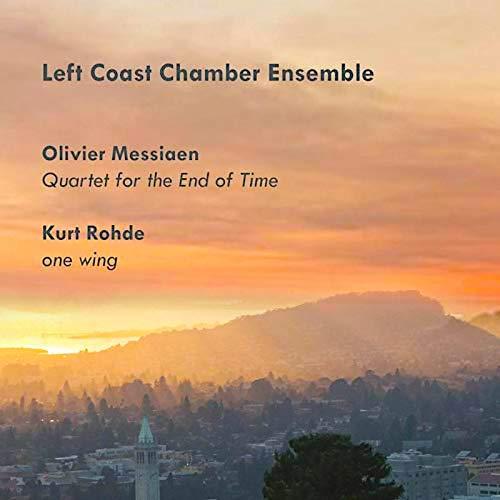
In a new recording on Avie Records, four fine players from San Francisco’s Left Coast Chamber Ensemble set this remarkable work aloft. The performances are richly colored throughout, whether in chittering bird songs, keening laments, stormy eruptions, or beatific deliverance. Silences and humble self-effacements punctuate and articulate the moods. So do touches of wit and even caustic humor.
Striking as all these effects are, they don’t come at the expense of the larger contours. The Left Coast reading brings out the work’s dramatic contrasts and internal dynamism, its recurring and varied motifs in a progression toward revelation and release.
One of Messiaen’s inspired choices was to score the sections differently — some for the full quartet, others for duets, and famously a long clarinet solo. Jerome Simas delivers that deliberate legato aria, consisting largely of long sustained notes. The challenge is to give this visit to an avian abyss shape and meaning, which Simas does, shading from pensive to intense, wistful to prayerful.
That movement is bordered by two more turbulent ones. The first opens with the piano (Eric Zivian) laying down some harsh, rocky ground over which Simas and Anna Presler on violin brawl their way toward a trill-marked breakthrough. Later cellist Tanya Tomkins joins Presler in some hynotic parallel string lines. On the far side of the clarinet solo a brief flurry for strings and clarinet plays like a frantic street scene, buttoned by an amusing cello plink-plonk.
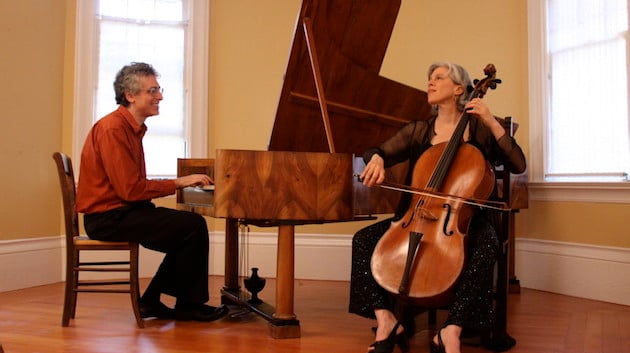
That instrument figures prominently in the later movements. Tomkins’s warm but never gushing tone and demure phrasing lends a tender aura. Her duet with with Zivian’s sensitive piano in the fifth movement, “Praise to the eternity of Jesus,” is especially fine, beatific, and becalmed. Here Messiaen, a famous lover of all things avian, brings to mind another famous musical bird, Saint-Saëns’ gliding swan.
There are some stumbles along the way. Some of the tempos and phrasing go slack. Presler can’t quite nail the demanding harmonics at the end of the piece. But those tiny flaws don’t diminish the scope and assurance of this graceful and deeply felt performance. Left Coast sends time’s dials sweeping through this yearning soul quest.
In a memorable 2002 production by San Francisco Opera, Messiaen’s St. Francis of Assisi turned an act of musical devotion into an immersive evening of inspired musical theater. Composer Kurt Rohde attended two performances. His violin and piano duet, one wing, is a tribute to that experience. The title refers to the production’s single-winged angel. It’s presented here in a world premiere recording, performed by Presler and Zivian.
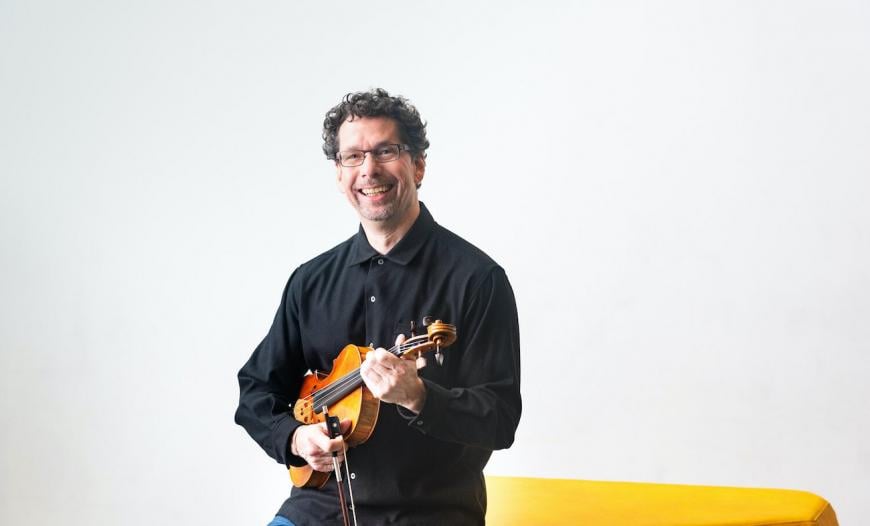
By turns gossamer and spare, agitated and calm, the piece wears its source of inspiration on its sleeve. If imitation is flattery, it also runs the risk of suffering by comparison to the original. While one wing has its appeals, it also feels sketchily derivative.
The piece begins in a beguiling way, with the violin sliding and veering delicately above a sparse piano line. Gradually the piano inches into harmony and chromaticism, raising the stakes as the violin ascends to the higher register. The two instruments coexist without cohering. There’s a prevailing sense of meandering in search of subject.
Messiaen knew his own subject to the core of his being — the presence of a natural and spiritual immensity. Time didn’t end with his great Quartet. As this fine Left Coast recording affirms, it seems to begin all over again, a kind of musical creation myth, with every hearing.


